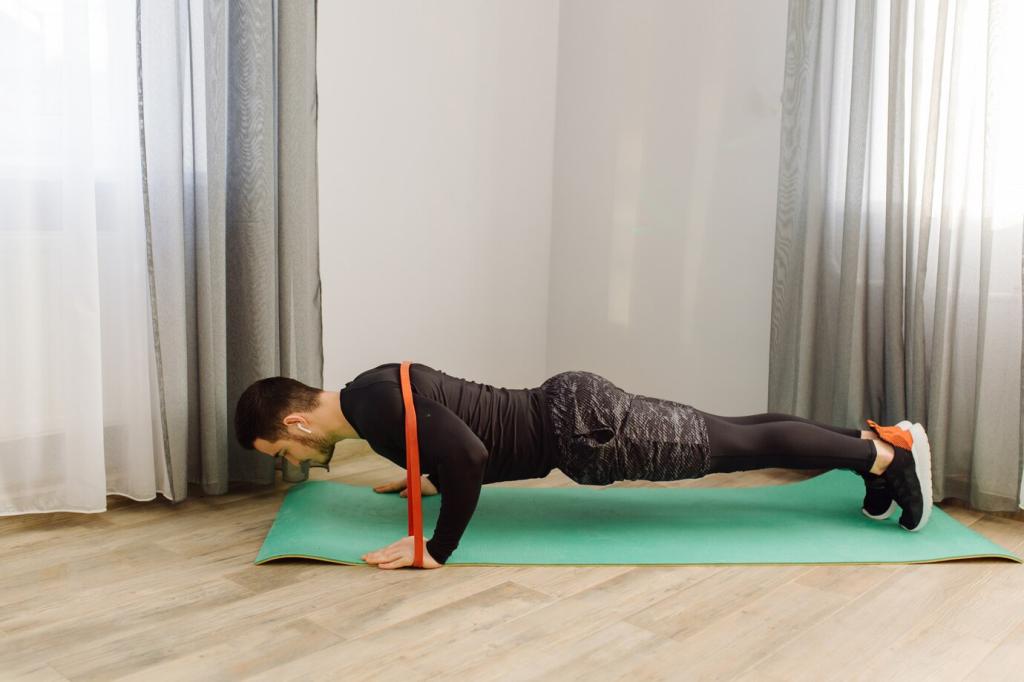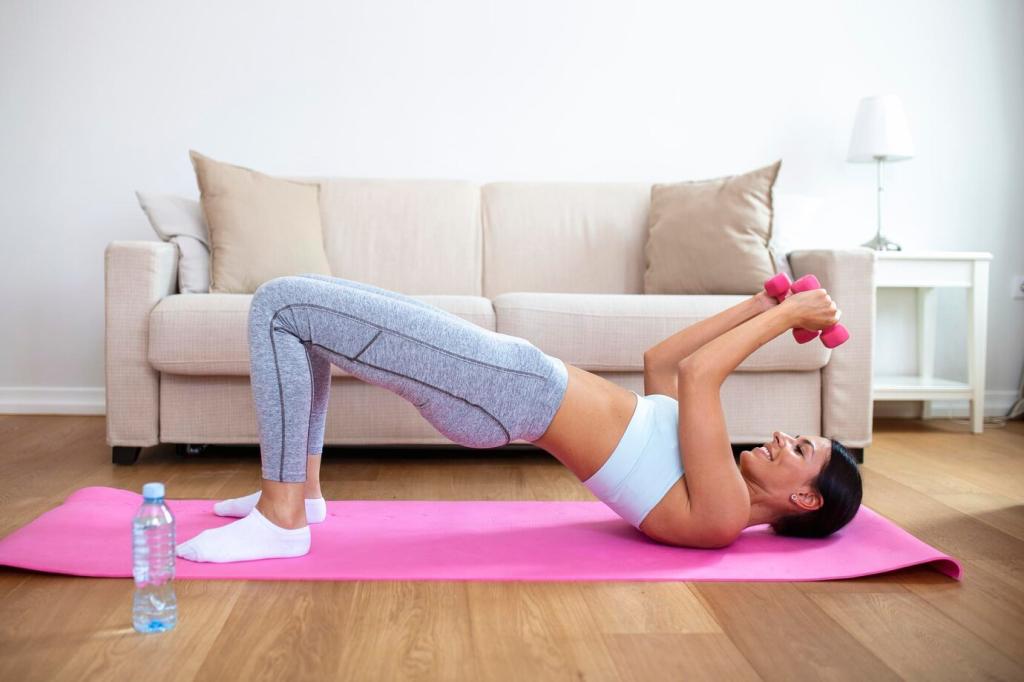The Why: Turning Effort into Evidence
Focus on controllable metrics: completed workouts, minutes moved, step count, perceived effort, and consistency. These reveal trends quickly, even when the scale stalls, and guide small adjustments that compound into big beginner progress.
The Why: Turning Effort into Evidence
Use a simple weekly table: date, workout type, duration, RPE, steps, mood, sleep quality, notes. Twenty seconds per entry turns feelings into data, helping you see exactly what to tweak next.




